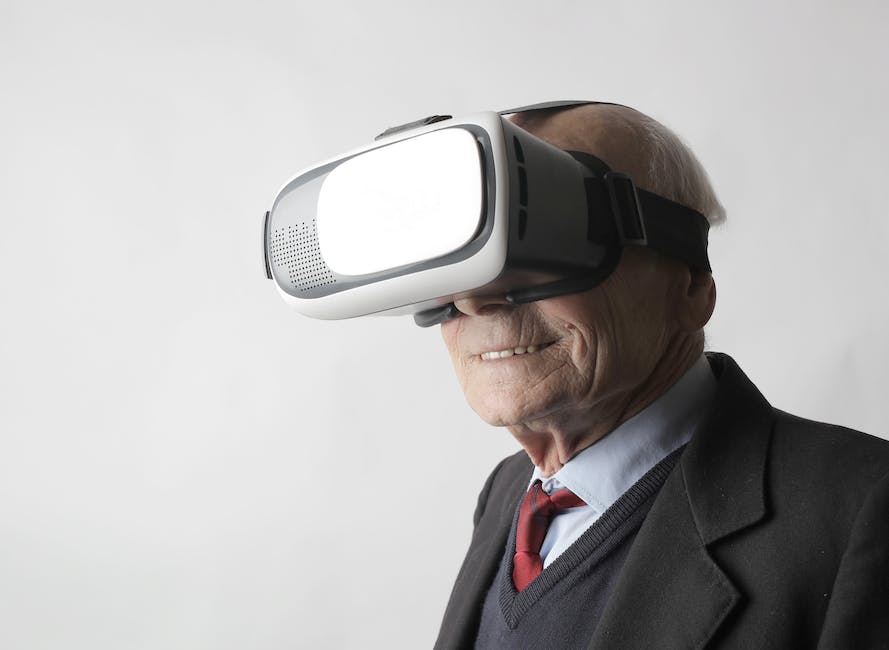Exploring VR and 3D Graphics for Immersive Experiences is an in-depth study into the rapidly evolving world of Virtual Reality (VR) and 3D graphics. This field is revolutionizing the way we interact with digital content, creating immersive experiences that extend beyond the boundaries of traditional media. The introduction delves into the fundamental concepts of VR, the technology behind it, and the role of 3D graphics in enhancing user experiences. It also discusses the potential applications of these technologies in various sectors, including gaming, education, healthcare, and more. The focus is on understanding how VR and 3D graphics can create realistic, interactive environments that engage users on a whole new level.
Exploring VR and 3D Graphics for Immersive Experiences

In the realm of technology, the boundaries of reality are constantly being pushed and redefined. One of the most exciting frontiers in this regard is the world of Virtual Reality (VR) and 3D graphics. These technologies are creating immersive experiences that are transforming the way we interact with digital content.
Virtual Reality, or VR, is a technology that allows users to step into a computer-generated world. It’s like stepping into a video game or a movie, where you can look around, move, and even interact with the digital environment. This is achieved through the use of VR headsets, which track the user’s head movements and adjust the view accordingly.
On the other hand, 3D graphics are the building blocks of these virtual worlds. They are the digital equivalent of physical objects, created using complex mathematical models and algorithms. These graphics can be static or animated, and they can be rendered in real-time to create a dynamic, interactive experience.
The combination of VR and 3D graphics is a match made in digital heaven. Together, they create immersive experiences that are so realistic, they can trick your brain into believing you’re somewhere else. This is known as ‘presence’, and it’s the holy grail of VR technology.
Imagine standing on the edge of a virtual cliff, looking down at the chasm below. With a high-quality VR headset and realistic 3D graphics, your brain might actually believe you’re standing on a real cliff. You might even feel a sense of vertigo, as if you could fall at any moment. That’s the power of immersive VR experiences.
But it’s not just about creating realistic environments. VR and 3D graphics can also be used to create fantastical worlds that defy the laws of physics. You could explore alien planets, dive into the depths of the ocean, or fly through the sky like a bird. The only limit is the imagination of the creators.
Moreover, these technologies are not just for entertainment. They have practical applications in various fields. For instance, in education, VR can be used to create virtual field trips, allowing students to explore historical sites or natural wonders without leaving the classroom. In healthcare, VR can be used for therapy and rehabilitation, helping patients recover from injuries or cope with phobias.
In the world of business, VR and 3D graphics can be used for virtual meetings, product demonstrations, and training simulations. They can also be used in architecture and real estate, allowing clients to explore virtual models of buildings or properties.
In conclusion, the combination of VR and 3D graphics is revolutionizing the way we interact with digital content. It’s creating immersive experiences that are not only entertaining but also practical. As these technologies continue to evolve, we can expect even more exciting developments in the future. So, whether you’re a tech enthusiast, a gamer, an educator, or a business professional, it’s worth exploring what VR and 3D graphics have to offer. After all, the future of digital interaction is here, and it’s more immersive than ever.